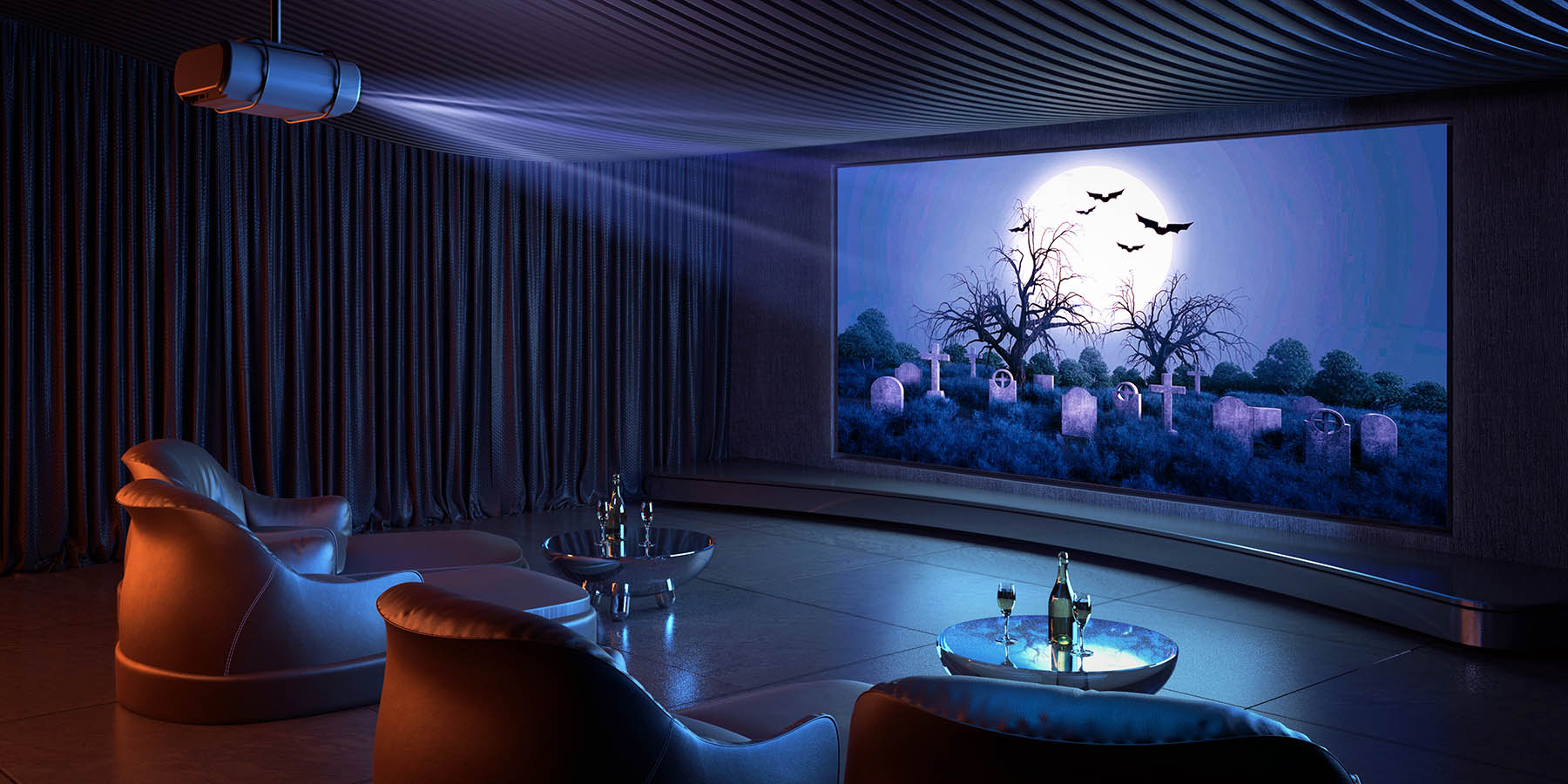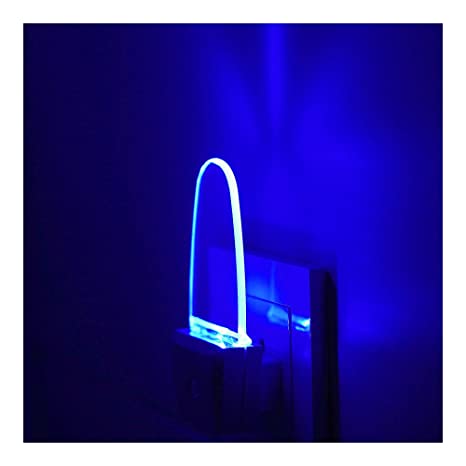The Evolution of Lighting in Cinematography with LEDs
LED lighting has significantly impacted the art of cinematography, revolutionizing traditional lighting techniques used in film production. This shift from conventional tungsten and HMI (Hydrargyrum Medium-arc Iodide) lights to LEDs has transformed how scenes are lit and how stories are visually told. LEDs offer a range of benefits, including greater control over color temperature, intensity, and direction. This evolution not only enhances the aesthetic quality of films but also provides practical advantages in terms of set-up and energy efficiency.
Enhancing Creative Possibilities with LED Lighting
The versatility of LED lighting opens up a world of creative possibilities in cinematography. With the ability to adjust color temperatures and light intensity, cinematographers can achieve a wide range of moods and atmospheres without needing multiple types of bulbs or filters. LEDs can emit light in various hues and intensities, allowing for nuanced and precise lighting setups that can be easily modified to suit the needs of each shot. This flexibility is crucial in the creative process, enabling cinematographers to bring their vision to life more effectively.
Energy Efficiency and Sustainability on Set
LED lights are significantly more energy-efficient than traditional film lighting options, leading to a more sustainable production process. They consume less power and generate less heat, reducing the carbon footprint of film sets. This efficiency not only contributes to environmental sustainability but also results in cost savings, making film productions more economical. Additionally, the reduced heat emission improves the comfort of actors and crew on set, enhancing the overall working environment.
Durability and Portability in Film Production
The durability and portability of LED lighting are major assets in film production. LEDs are more robust than traditional bulbs, which are fragile and prone to breakage. This durability makes them ideal for use in challenging shooting environments, from busy studios to remote outdoor locations. Moreover, the compact and lightweight nature of LED lights makes them easy to transport and set up, providing flexibility and efficiency in various filming situations.
The Role of LEDs in Low-Light Cinematography
LED lighting has opened new horizons in low-light cinematography. With the ability to provide bright light without excessive heat, LEDs are perfect for scenes requiring a subtle or minimal lighting setup. This capability is particularly beneficial in genres like horror or thriller, where mood and atmosphere are key elements. LEDs allow cinematographers to craft visually compelling scenes in low-light conditions without compromising on quality or artistic intent.
The Future of LED Lighting in Cinematography
The future of LED lighting in cinematography is bright, with continuous advancements in technology paving the way for even more innovative uses. Emerging trends include the integration of LED lighting with digital controls and wireless technology, allowing for even more precise and flexible lighting setups. As LED technology evolves, it will continue to offer new tools and techniques for filmmakers, further enhancing the art and craft of cinematography.
LEDs Illuminating the Art of Cinematography
In conclusion, LED lighting is a game-changer in the world of cinematography. Its versatility, energy efficiency, and creative potential have made it an indispensable tool in modern filmmaking. By providing cinematographers with more control and flexibility, LED lighting not only enhances the visual storytelling of films but also contributes to more sustainable and efficient production processes. As LED technology continues to advance, its role in shaping the future of cinematography is set to become even more significant, illuminating the path for innovative filmmaking.






